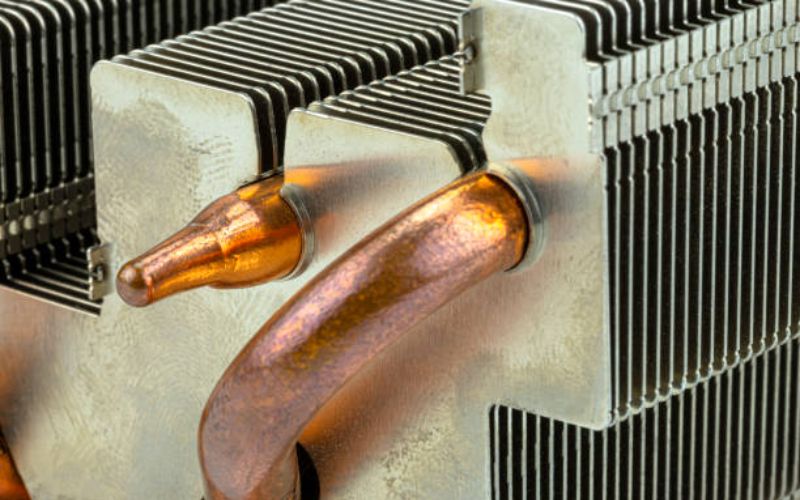Introduction
Heat sinks are an integral part of electronic devices, which help to dissipate heat generated by the components. A heat sink that is more efficient will enable the component to perform better, and last longer. In this article, we will discuss some ways in which you can make your heat sink more efficient.
1. Choose the right material
The material of the heat sink is an important factor to consider when it comes to efficiency. Aluminum is a popular choice due to its high thermal conductivity, but materials such as copper and graphite can provide better results. Copper has a higher thermal conductivity than aluminum, while graphite can provide even better results due to its ability to spread heat in multiple directions.
2. Optimize the size and shape
The size and shape of the heat sink can also greatly affect its efficiency. In general, a larger heat sink will have more surface area for heat dissipation, while a shape that is optimized for airflow can improve performance even further.
3. Improve contact with the component
Good thermal contact between the heat sink and the component is crucial for efficient heat dissipation. Use thermal paste or pads to fill in any gaps between the surfaces, and ensure that the heat sink is securely attached to the component.
4. Increase air flow
Good airflow around the heat sink can improve its efficiency by allowing heat to dissipate faster. Fans or vents can be used to increase airflow, and it may also be beneficial to position the heat sink in an area with good natural airflow.
5. Consider liquid cooling
Liquid cooling systems can offer superior heat dissipation capabilities compared to traditional air-cooled heat sinks. They work by circulating liquid through channels in the heat sink, providing more efficient cooling.
6. Add fins or pins
Fins or pins can be added to the heat sink to increase its surface area, which in turn can improve its efficiency. These can be particularly effective when combined with a shape that is optimized for airflow.
7. Use a heat pipe
A heat pipe is a device that uses a closed loop to transfer heat away from the component. By using a heat pipe in conjunction with a heat sink, efficiency can be greatly increased due to the faster heat transfer.
8. Consider the ambient temperature
The ambient temperature of the surrounding environment can greatly affect the efficiency of a heat sink. Higher ambient temperatures will make it harder for the heat sink to dissipate heat, so it may be necessary to consider alternative cooling solutions.
9. Minimize thermal resistance
Thermal resistance refers to anything that inhibits the flow of heat through the heat sink. This could include poorly applied thermal paste, or an incorrect attachment system. By identifying and minimizing these sources of resistance, efficiency can be greatly increased.
10. Optimize the component itself
Finally, it is important to consider the component itself when looking to improve heat sink efficiency. This could include adjusting component placement, or optimizing energy consumption to reduce the overall heat generated.
Quote Inquiry
Contact us!

